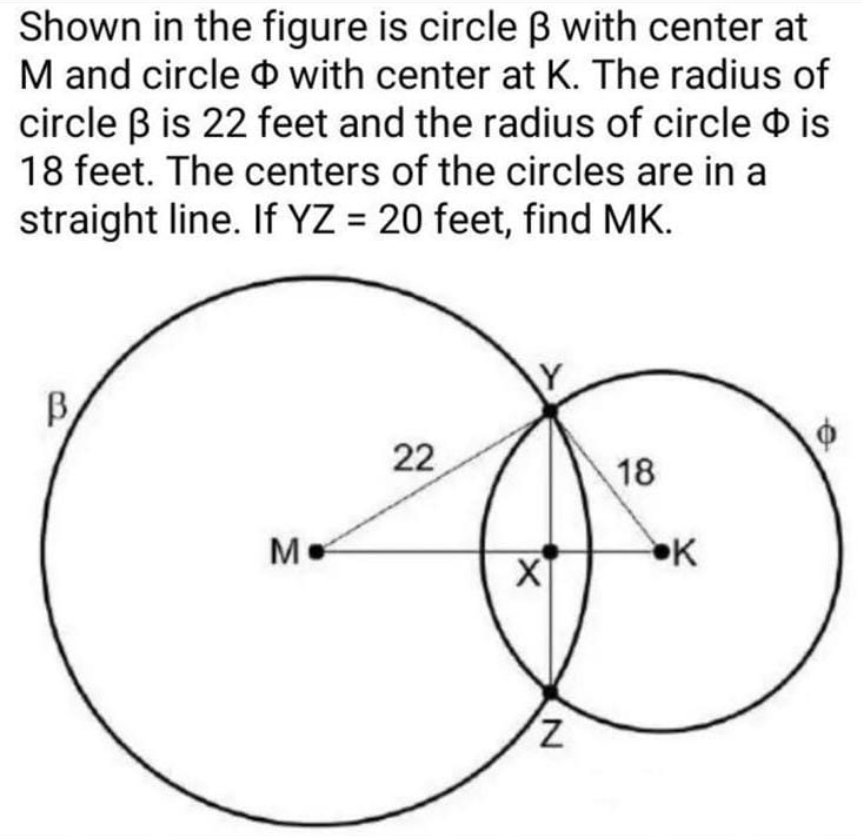
AllQuestion and Answers: Page 285
Question Number 192960 Answers: 0 Comments: 0
Question Number 192959 Answers: 1 Comments: 0

Question Number 192958 Answers: 4 Comments: 0

Question Number 192957 Answers: 4 Comments: 2
Question Number 192942 Answers: 2 Comments: 1

Question Number 192937 Answers: 0 Comments: 0

Question Number 192936 Answers: 2 Comments: 0

Question Number 192933 Answers: 2 Comments: 0

Question Number 192928 Answers: 1 Comments: 0
Question Number 192927 Answers: 2 Comments: 0

Question Number 192925 Answers: 1 Comments: 0
Question Number 192924 Answers: 2 Comments: 0
Question Number 192918 Answers: 1 Comments: 0

Question Number 192917 Answers: 1 Comments: 0

Question Number 192916 Answers: 2 Comments: 0

Question Number 192914 Answers: 1 Comments: 0
Question Number 192909 Answers: 0 Comments: 0
Question Number 192901 Answers: 2 Comments: 0

Question Number 192898 Answers: 0 Comments: 1
Question Number 192893 Answers: 1 Comments: 0
Question Number 192884 Answers: 0 Comments: 3

Question Number 192883 Answers: 1 Comments: 0

Question Number 192879 Answers: 1 Comments: 0
Question Number 192875 Answers: 2 Comments: 0
Question Number 192867 Answers: 1 Comments: 0
$${derivate}\:{of}\:\:{csc}\left(\mathrm{2}{x}\right)\:{by}\:\:{definition} \\ $$
Question Number 192862 Answers: 1 Comments: 0
Pg 280 Pg 281 Pg 282 Pg 283 Pg 284 Pg 285 Pg 286 Pg 287 Pg 288 Pg 289
